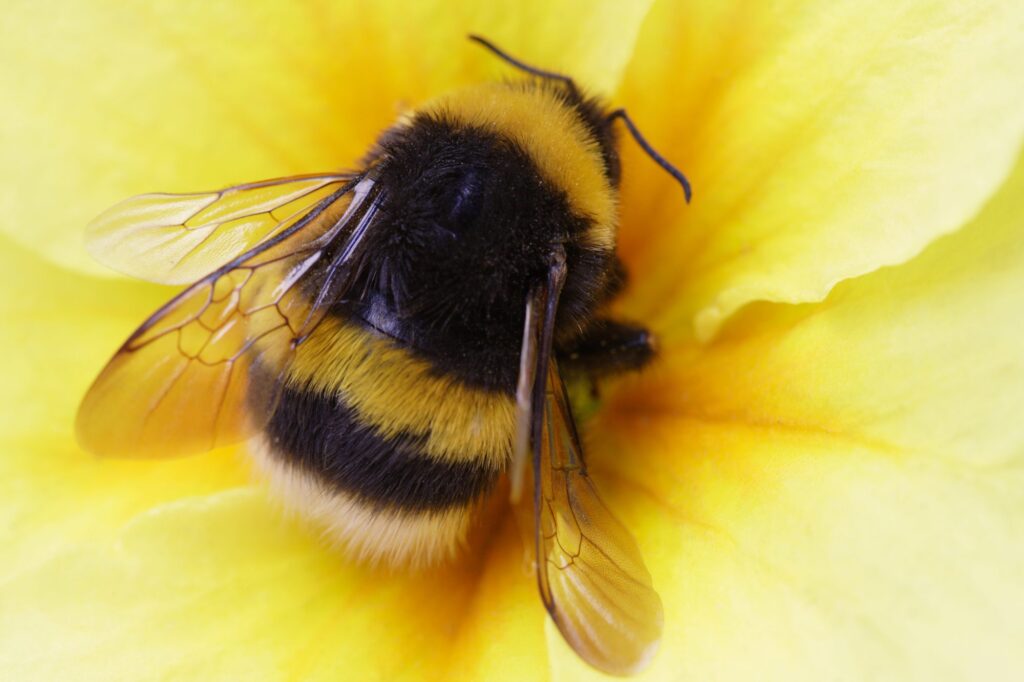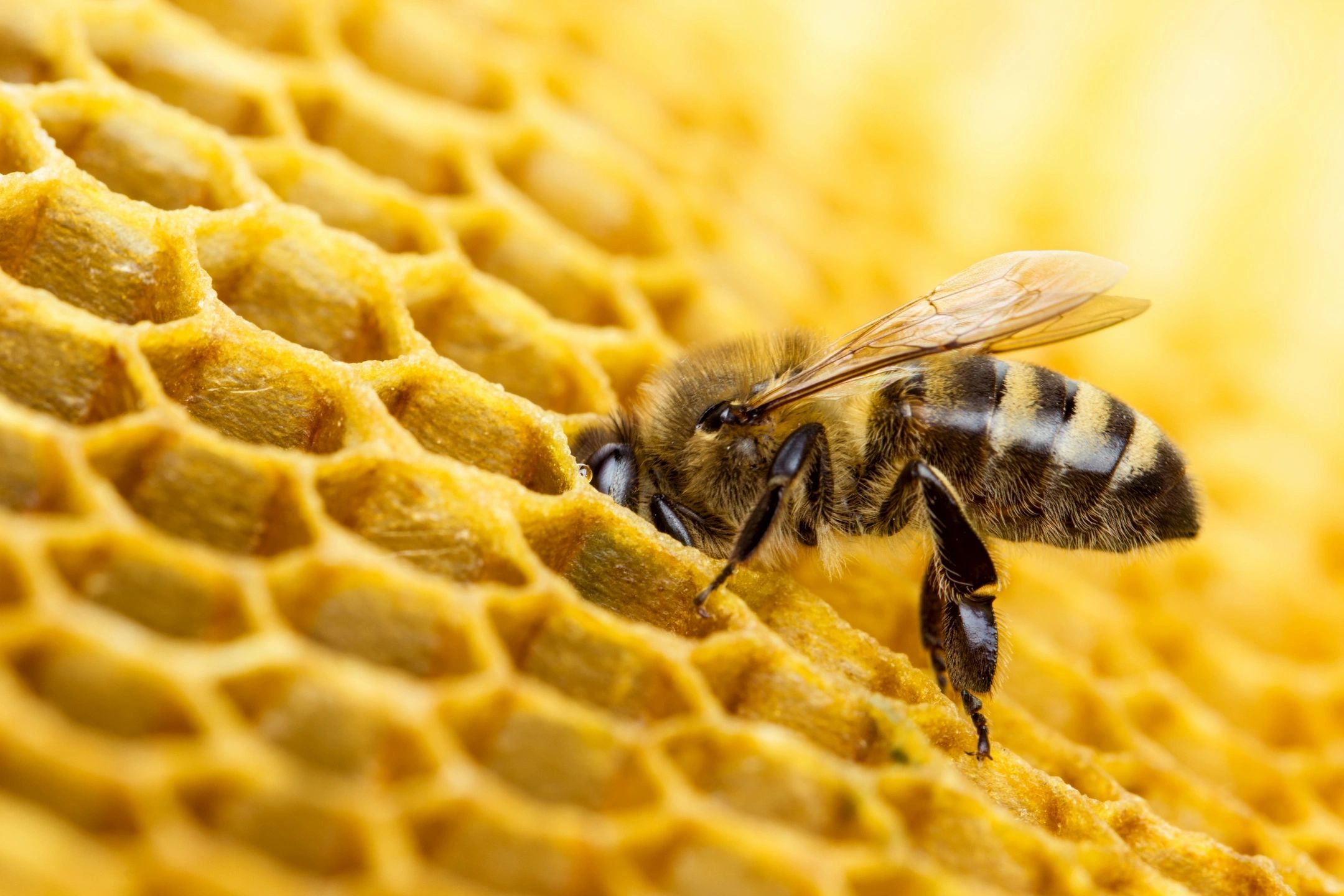Bee Aware of your Health
Scientific research is always seeking new forms of treatment to a myriad of complex and generally puzzling diseases. Due to severe regulations, ethics committee boards, funding limitations, restrictions in available research tools and politics (yes, it does exist in medical research), researchers have to stay in their zone a lot of the time. I heard a joke that scientific consensus is the percentage measuring how many researchers are dependent on external funding. Notwithstanding, unique research does break through.
During my previous studies in biology & neurology I became fascinated with venom–no not the Marvel movie… the toxic substances commonly produced by reptiles & delivered through a sting, bite or layer of secretion. Why? I have no recollection to be honest. But the substances in venom have figured ways to undo or unwind cellular functionality that our bodies need to live, amazingly.
Some snake venom will raise the action potential of our neuron cells (this makes it more difficult for our nerves to “fire” or, work) leaving us stationary and helpless.
Some venom induces a process called apoptosis which is a mechanism by which our cells naturally control cell death. The body has figured out it’s much more advantageous to have 90% of our cells working at 100% than 100% of our cells working at 90%, so our bodies have developed ways to have the former–but some venoms simulate this process (killing healthy cells).
Other snake venom has found a way to target the peripheral nervous system to block the neuromuscular junction. Essentially, the signals from your nervous system to your muscles that say “move” are blocked. Some snake venom can by-pass all this and directly induce necrosis (cell death) & cause complex molecular cell dysfunction. Venoms not unique to snakes may also contain toxins called haemotoxins causing our red blood cells to clot or burst causing low blood pressure or a higher chance of internal bleeding–oh yea now I remember why I found it interesting.
How many lifetimes of mixing things together in a lab or kitchen would it take for you to make such a potion for your enemy?
If you find this interesting, please grab our newsletter & consider our subscription offers!
The venoms I was particularly honing in on were unique ones. They work by disrupting our own endogenous pro-coagulant proteins or hold anti-coagulating properties, ultimately leading to a very thin blood that doesn’t allow us to stop bleeding. At the time, I was studying about strokes (blocks in the brain) and wondered if one could harness this physiological activity to break up blood clots in the brain. The initial feedback I received from experts in this area was that it works, but its difficult to separate the damaging properties of the venomous proteins. While you broke up the clot, you caused permanent brain damage somewhere else– So you basically throw the baby out with the bath water. Having said this, three drugs have been certified by the FDA that withdraw components of snake venom & research is continuing in this field so I was onto something.
There is another type of venom that seems more promising however, with less apparent risk. It strangely has a whole list of health benefits due to its anti-inflammatory, anti-apoptosis, the anti-fibrosis, anti-microbial, anti-protozoan, anti-cancer and the anti-arthrosclerosis effects. Can you guess?
Bee Venom
Bee Venom has peptide compounds and enzymes that breakdown can breakdown various pathologies and as a consequence have been integral in developing therapeutic methods in treating rheumatoid arthritis, amyotrophic lateral sclerosis, Parkinson’s disease, Alzheimer’s disease, liver fibrosis, atherosclerosis, pain and others. Some evidence even points that bee venom was utilized as medicine 3000 years ago.
A study published on the last day of 2020 reitterated promising findings with respect to its healing properties. From Kurek-Gorecka et al, 2020,
The effect of Bee Venom (BV) on the wounds has been proved by numerous studies, which revealed that BV in the wound healing process brings about a curative effect and could be applied as a new potential treatment for wound repair.


Above is a breakdown of the three pathways by which melittin, the active peptide compound in bee venom (the pain-producing compound that we all hate) lead to apoptosis, or cell death. While this is normally something we do not want–this is particularly interesting in its application because cancer is an excess of cell growth; by inducing cell death, you can aim to mitigate the pathology, or cancel out the problem.
This application has been considered in prostate cancer, currently with a curative therapy with the added difficulty of treatment resistance therapies. A review by Jasmin Katrina Badawi in 2021 found “The studies clearly indicate that bee venom or melittin exhibited anticancer effects in various prostate cancer cell lines and in xenografts. In most of the studies, a combination of bee venom or the modified melittin with another molecule was utilised in order to avoid side effects and, additionally, to target selectively the prostate cancer cells or the surrounding tissue“
Research is still being done in this area to see to what extent this can be therapeutic without inducing unwanted side-effects and specifically targeting the insulted tissue– the jury is still out. However, it is well known that bees are responsible for another thing that may be impacting some prices in the supermarket, and i’m not referring to honey believe it or not…
The answer will be revealed in our premium subscription service on sale below because of it’s money-making possibilities!!
Bee informed & #StayOnTheBall

